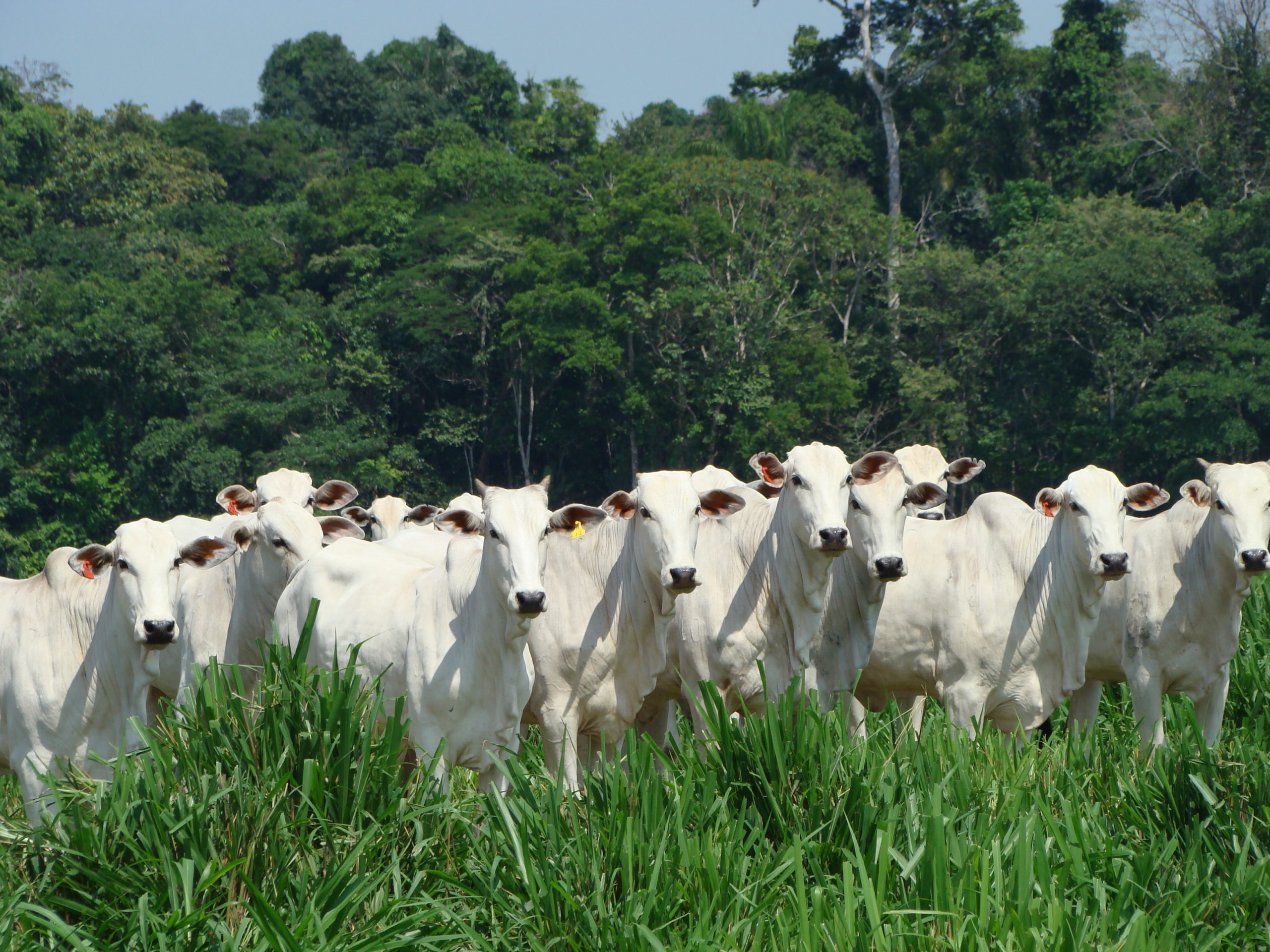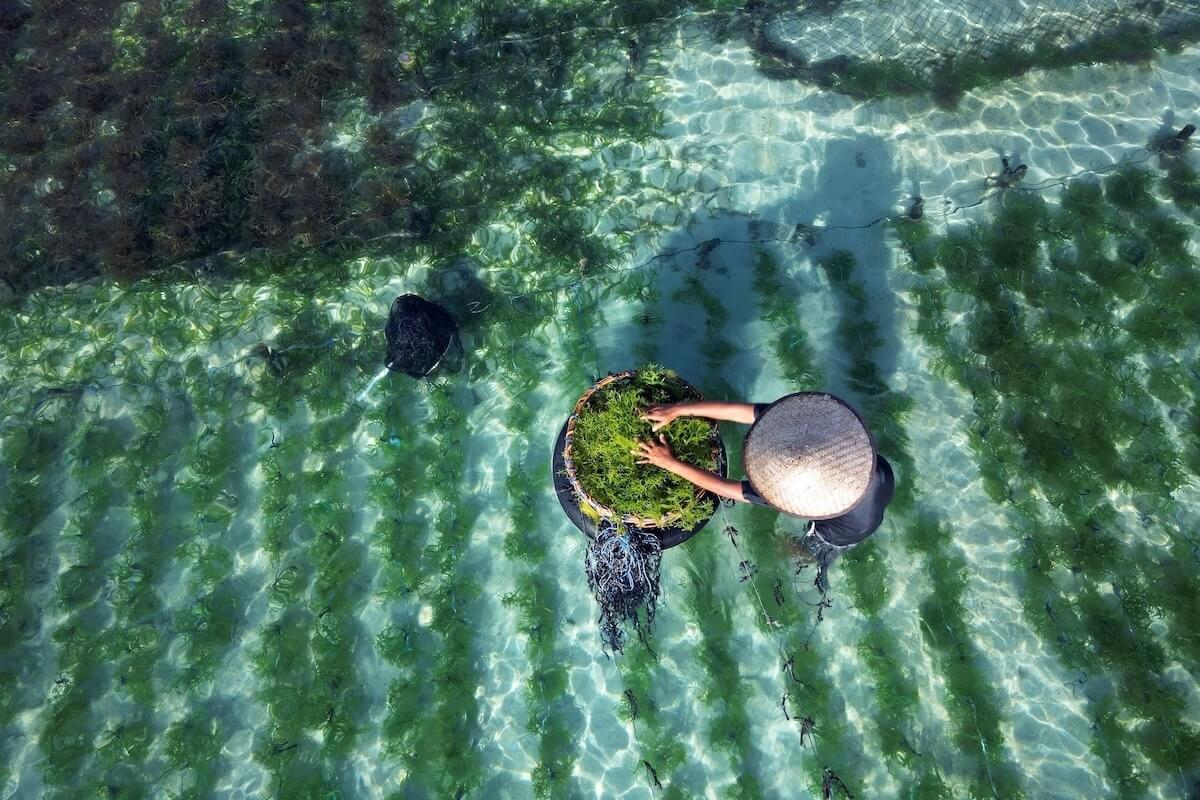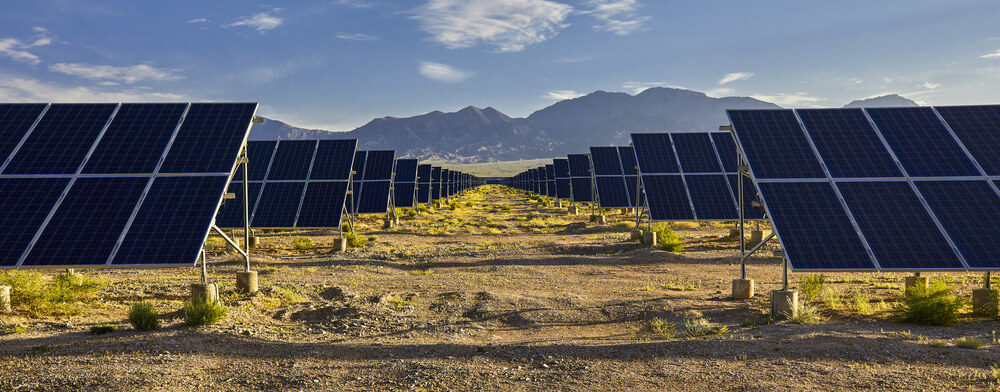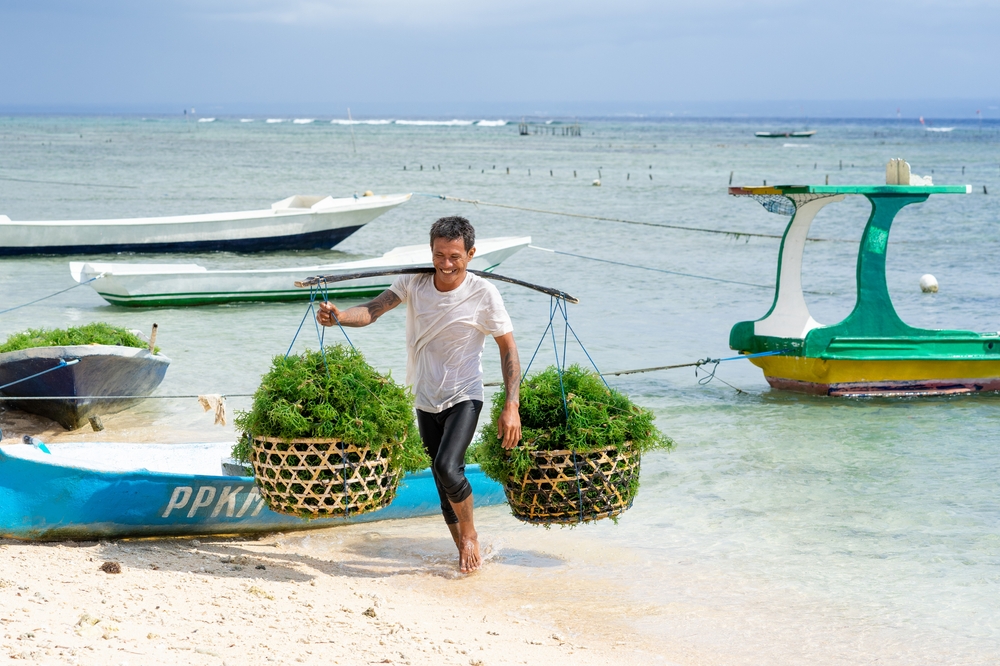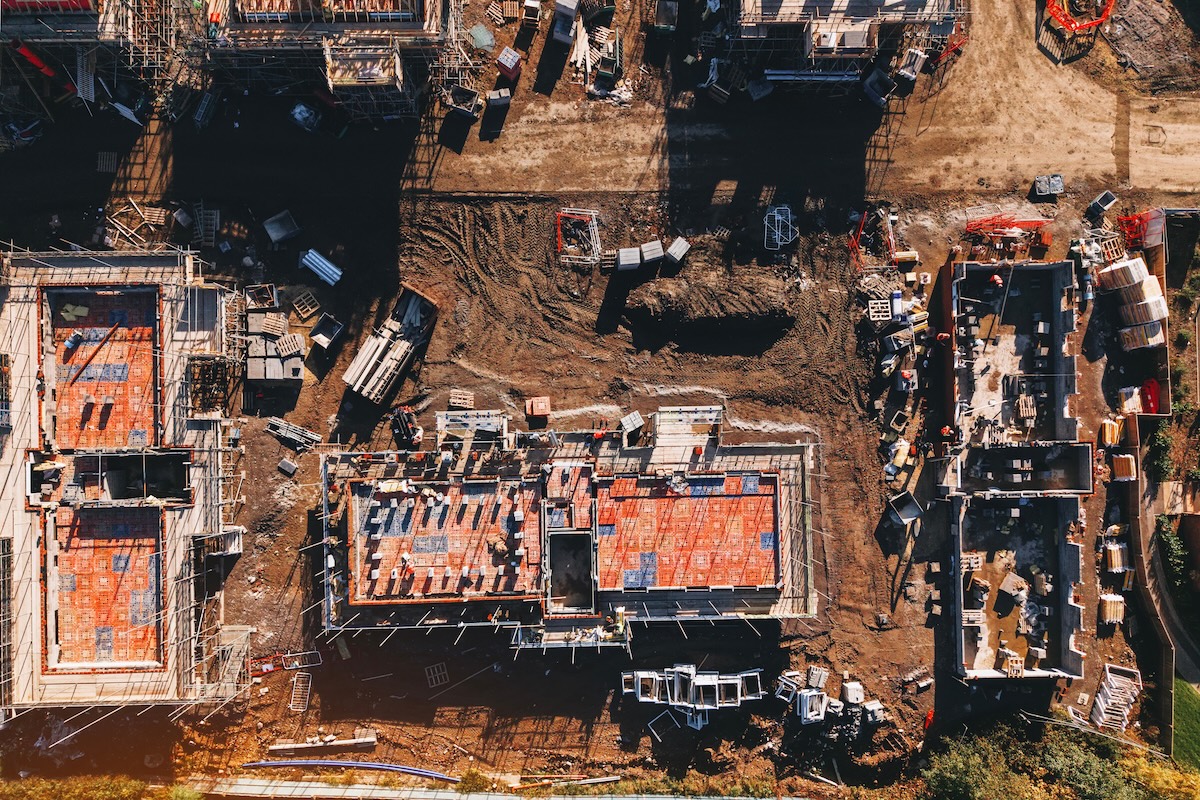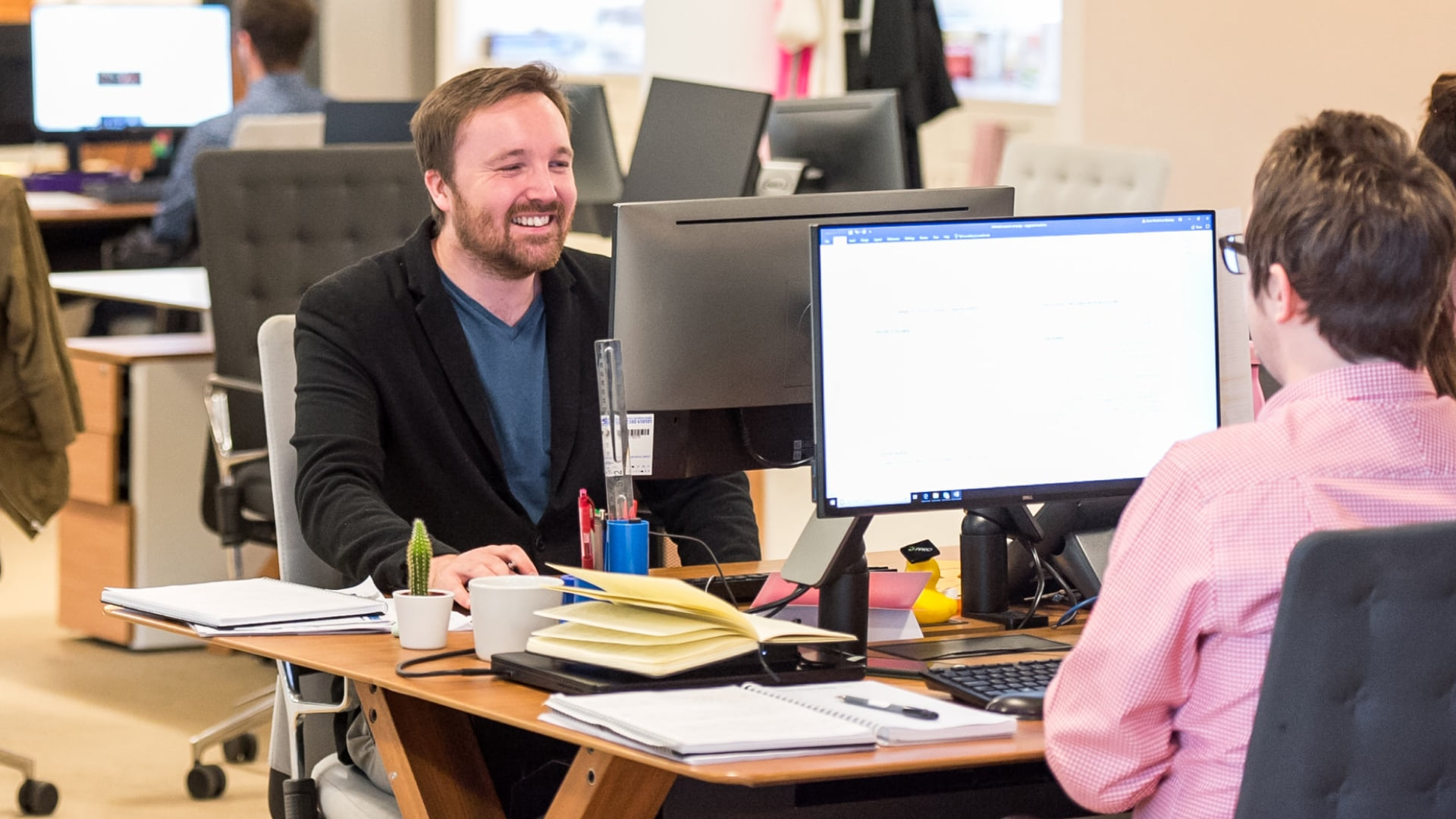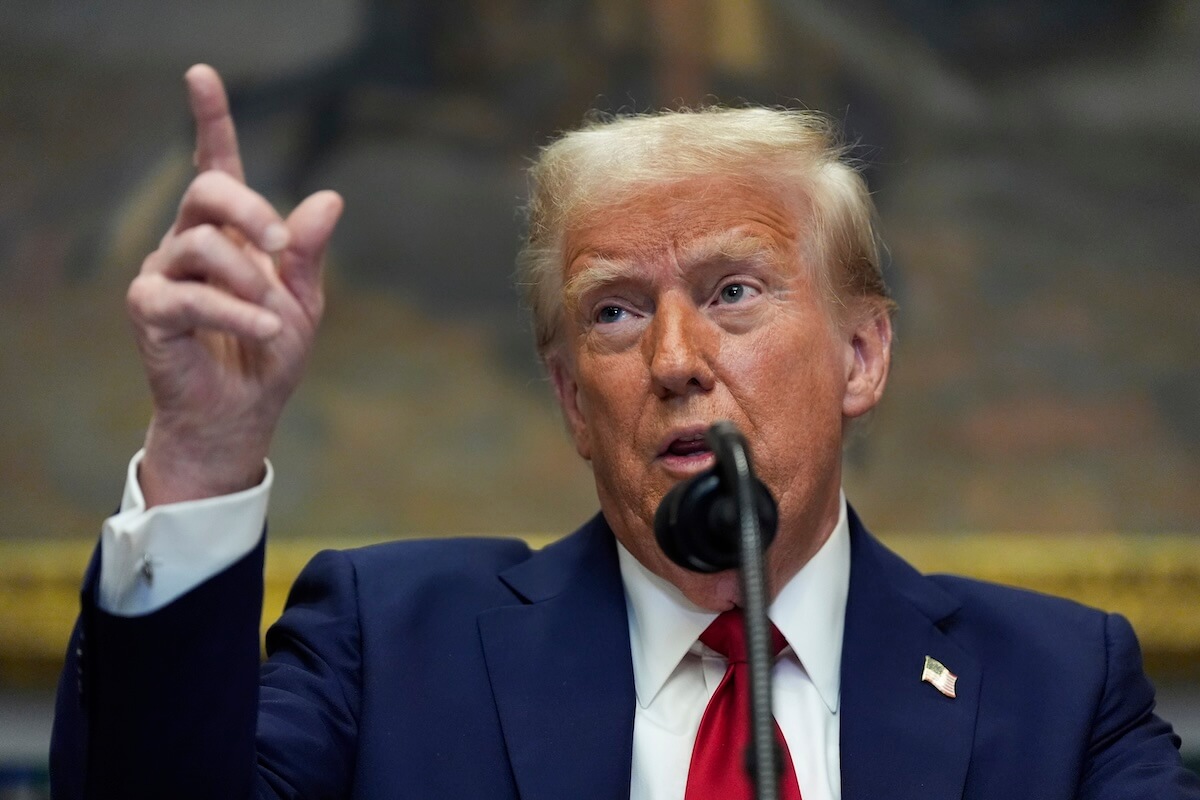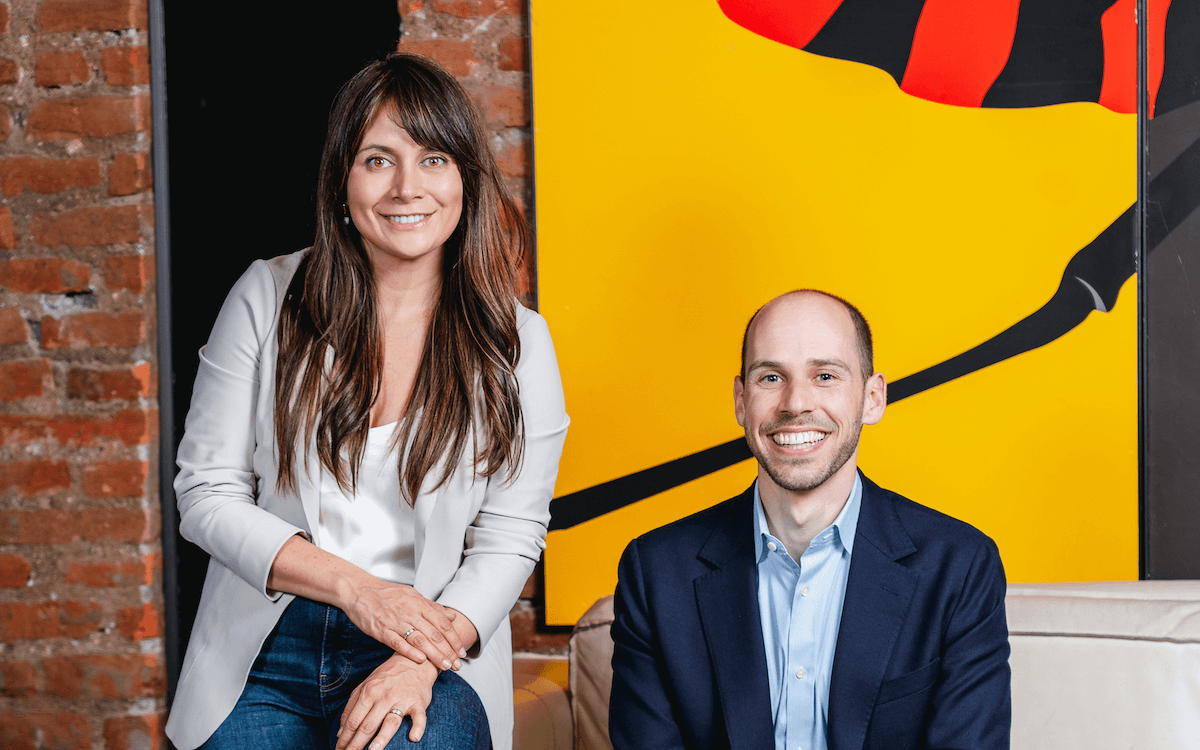Brazil’s cattle industry has been targeted as a major contributor to deforestation and climate change. A project to restore the Amazon rainforest through new cattle ranching techniques aims to provide a counter-example.
The Althelia Climate Fund, based in Luxembourg, has committed €11.5 million to Novo Campo, a pilot cattle ranching project in the Brazilian state of Mato Grosso. The project aims for a five-fold increase in beef production, and in ranchers’ incomes, while at the same time restoring 10,000 hectares of rainforest.
The experiment may be crucial to Brazil’s cattle industry. Major global beef buyers, including McDonald’s, have committed to reaching net-zero deforestation by 2020, but few suppliers can meet that demand.
“These companies have very ambitious policies but aren’t close to reaching these targets because the supply chain isn’t there,” said Juan Carlos Gonzalez-Aybar, Althelia’s Latin America director. “Reaching the targets these companies have is impossible without heavy investment in the sector.”
Althelia’s previous investments, in premium cacao in Peru and sustainable charcoal in Kenya, have relied on mixing revenues from improved production techniques with the creation of carbon-offset credits that can be sold in voluntary carbon markets, primarily in Europe. The Novo Campo investment, at least initially, will not generate carbon-offset credits, because the amount of reduction has yet to be certified.
According to the UN’s Food and Agriculture Organization, one of every five pounds of commercialized cattle meat comes from Brazil. But little is produced sustainably – especially at the small and mid-size farming level, where resources are often mismanaged.
The latest investment will allow Instituto Centro de Vida, the program’s sponsor, to teach farmers to better manage their land, feed and water resources on 20 mid-size farms with 34,000 heads of cattle, while restoring up to 10,000 hectares of degraded forest. Global agricultural and industrial activities result in the loss of 12 million hectares of forest each year.
A second phase, which will require several hundred million euros of additional investment, would by 10 times as large, enabling the institute to expand Novo Campo to 200 ranches covering 100,000 hectares of pastures and 340,000 heads of cattle by 2020. Althelia is working to secure endorsement by Brazil’s REDD+ Jurisdictional Program and hopes to generate revenues from carbon-offset credits in the second phase of the project.
“It is widely known that beef has a big carbon footprint, but there is no track record of successful commercial actions to address deforestation in the industry,” said Gonzalez-Aybar. “Our main driver was to find a good pilot for fully traceable, environmentally compliant, high-quality beef that is proven at the technical level and shows its potential to scale to a commercial level.”
Demand for premium, deforestation-free beef is growing. More than 400 members of the Consumer Goods Forum have pledged to reach zero-net deforestation in their procurement practices by 2020. McDonald’s earlier this year adopted policies to meet its goal of zero deforestation throughout its supply chain by 2030. McDonald’s is also a founding member of the Global Roundtable for Sustainable Beef, along with Cargill, Walmart and others.
Althelia acknowledges the financial returns from the current project are likely to be low. Proving the financial model will be crucial to attracting additional private investment, both the next stage of the Novo Campo project and to conservation initiatives worldwide. A report last year from Credit Suisse, McKinsey and World Wildlife Fund estimated that more than $300 billion in private capital is needed each year to meet conservation goals.
“Investors are looking for impact investments but also solid returns,” Gonzalez-Aybar said. “To pass from a few million invested to the few billion needed, we need the commercial proof of concept and the incentives of price premiums, plus the carbon credit incentive.”



